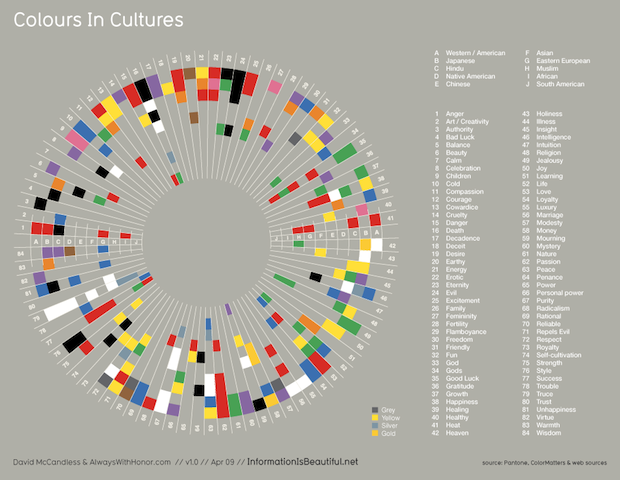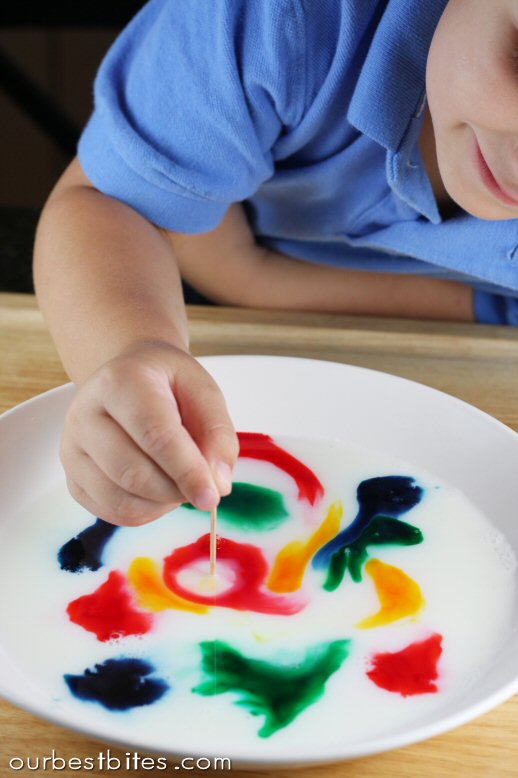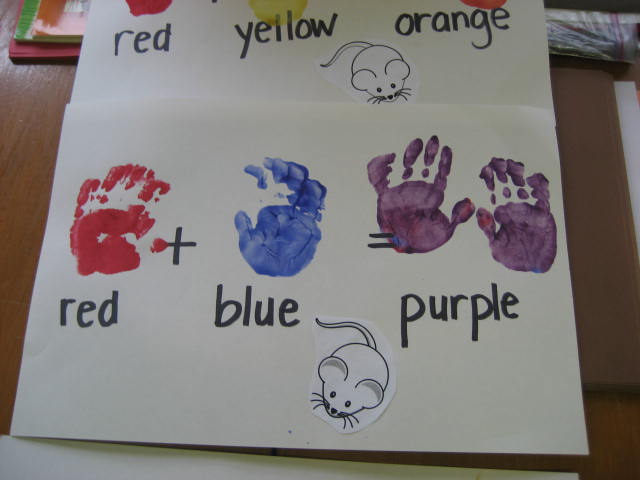10 Ways To Teach A Child Colors
Colors are an important language concept. We use them to describe most everything in our world and organize things according to them. In speech-language therapy, colors are often taught and at the very least assessed as part of a standard language battery. Though it might seem easy to grasp, learning colors can be a challenging task for children. Children often learn names of nouns before they learn descriptive words about those nouns (like colors) and can be easily confused when an array of colors are present in a large group. The typical developmental timeline is that children name some colors correctly by the end of their fourth year. At age five, children should correctly name at least four colors. For a child with a language impairment, this can be even trickier and ultimately delayed. Try focusing instruction to teach a child colors with these ten activities.
Color instruction should:
- Begin with matching like colored items
- Move towards having the child identify them only (e.g., “show me the pink one”)
- Lastly, ask the child to use the colors expressively to label or answer the question, “what color is this?”
1. Use food for fun and language by sorting into colors. Give a mixed plate of snacks and encourage the child to sort them onto their plate according to colors. Many foods will do including varieties of fruits, veggies or salty snacks like goldfish crackers and gummy snacks!
2. Ask your child to pick out their outfit based on colors. Ask them to label each article (e.g., “what color is this shirt?”) and identify items in their closet that are the same or different. If they are at the matching stage, ask them to sort clothing by color such as putting like socks together or matching like colored pants and bottoms.
3. Mix up some milk. Milk is a great medium for adding colors using food coloring. Kids can get creative by swirling the colors around and talking about the new colors they make. Talk about what colors you started with and the colors you ended with. Remember your color wheel: blue+red=purple, blue+yellow=green and red+yellow=orange.
4. Fun iPad apps can motivate and engage your child with color-learning games. Try Color Me Pete, a great activity for getting up off the couch and interacting with the iPad and the environment. Color Me Pete uses the camera of the iPad and asks users to search their environment for specific colors. When you find a match, simply touch the screen to select it. Color Me Pete knows the color you’ve pressed and will tell you if it’s a match or not for instant feedback.
5. Read the book Mousepaint. Mousepaint is a lovely children’s boardbook that teaches color-mixing and the idea of color change. Use this to talk about colors and carryover the concepts with a paint mixing activity.
6. Incorporate colors into a scavenger hunt. Provide the child with a list or reference sheet of several colors. In the environment – the house, the office, or the grocery store – “hunt” for objects matching the specified ones from the list. Going on a hunt for “yellow vegetables” at the grocery store might just teach some new vocabulary too!
7. When the child is ready to label the items (having passed the phase of matching or receptively identifying them) use colors to make the child describe their requests. For example, if the child says “I want that cup” ask them to specify the cup by describing more information about it using color.
8. Play iSpy. Like the beloved car game, iSpy, encourage children to guess an item you are thinking about by using only descriptors. For example, “I see something red” from a group of three-give multi-colored objects. Try not to make the field too large in size and try to incorporate colors they are already good at so it’s easy for them to use the process of elimination for more difficult colors. If the child already knows pink but struggles with green, make sure to incorporate pink. This will also boost their esteem when they know they’ve got one right.
9. Try the iPap app, Speak Colors. This is a great app for eliciting colors in a full sentence (e.g., “The car is green”) and giving the child immediate feedback. First, show the screen to the child and ask them to give a sentence describing the item with a color. If they get the color wrong, they can tap the color box and hear the computer label it. Next, have them record the sentence aloud and hear it back. Many children like hearing their voice replayed and are motivated to get the answer right. This reinforces the color concepts with repeated exposure and trials.
10. Play familiar children’s games or use the materials from Twister (“right foot blue”), Uno or Pop Up Pirate. These games all use colored pieces and even if your child can’t play as directed, they can be modified as such. For example, using Twister, if the child doesn’t know their left from right, skip that step and just play freeze dance on the mat. When the music stops, ask then which colors they are touching.






We teach our kid with application for iPad. It called ‘Sky balloons’ I guess.